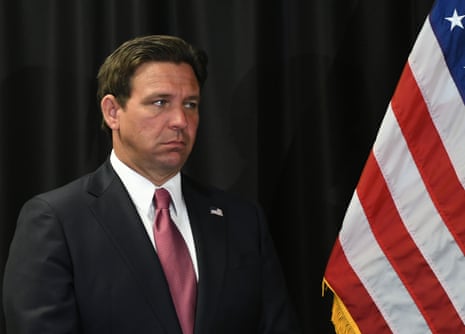At least 50 people feared drowned after boat from Senegal sinks off Canary island
"Nine people rescued from boat sailing perilous Atlantic route that reportedly left Senegal with 60 people onboard nine days ago

At least 50 people are feared to have drowned after a boat sailing the perilous Atlantic route from west Africa to Europe began to sink 60 miles south of the Canary island of El Hierro.
Nine people were rescued from the craft early on Monday after a passing bulk carrier alerted Spain’s Salvamento Marítimo rescue service, which dispatched a fast boat and a helicopter from its base in Tenerife.
A Salvamento Marítimo spokesperson said: “The helicopter arrived, rescued nine people from the semi-submerged boat, and took them to El Hierro airport, where they were seen by medical staff.”
“The rescue boat confirmed that there was no one else in the boat and returned to base.”
The spokesperson said the nine people rescued were from sub-Saharan Africa, adding that Spain’s Guardia Civil police force had told Salvamento Marítimo that 60 people were reported to have been on the boat when it left the Senegalese city of Mbour nine days earlier.
In October 2020, 140 people who had set out from the same port died after their boat sank off the Senegalese coast. A few hours into the journey, the boat caught fire and capsized near Saint-Louis on Senegal’s north-west coast. Fifty-nine people were rescued by nearby fishing vessels and the Senegalese and Spanish navies, and the bodies of 20 others were recovered.
The disaster led the International Organization for Migration to call for governments to work together “to dismantle trafficking and smuggling networks that take advantage of desperate youth”, and to urge the creation of “enhanced legal channels to undermine the traffickers’ business model and prevent loss of life”.
Tens of thousands of people fleeing war, poverty and instability in sub-Saharan Africa try to reach Spain via the Atlantic route each year, with many dying during the attempt.
A recent report from the Caminando Fronteras (Walking Borders) migration NGO estimated that 6,618 people, including 384 children, died trying to reach Spanish shores in 2023, an average of 18 deaths a day.
According to Spain’s interior ministry, 16,621 migrants arrived in Spain by boat between 1 January and 15 April this year – an increase of 11,681 on the same period last year. The majority of those who have reached Spain by sea this year – 14,030 – landed in the Canary islands.
The dangers of the route were further underscored a fortnight ago when nine decomposed bodies were found in a boat floating off the coast of Brazil. Federal police said the dead were from Mauritania and Mali, and Brazilian authorities believe the boat reached their waters after drifting across the Atlantic. Similar discoveries have been made off the coasts of Tobago and the Turks and Caicos in recent years.
The latest tragedy comes as EU interior ministers meet in Ghent for a two-day conference to discuss the implementation of the long-awaited European pact on migration and asylum, which was devised in response to Europe’s 2015 migration crisis, when 1.3 million people, mostly Syrian refugees, crossed into the EU.
The pact has been denounced by more than 160 human rights organisations – including Amnesty International, Human Rights Watch and the International Rescue Committee – which argue the deal will lead to greater suffering, less protection and more rights violations."

![[object Object]](https://static01.nyt.com/images/2024/04/30/multimedia/30olumbia-protests-carousel-01-wzbh/30olumbia-protests-carousel-01-wzbh-square640.jpg?quality=75&auto=webp)


